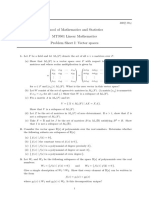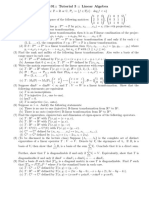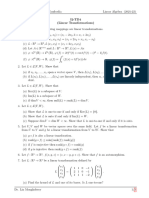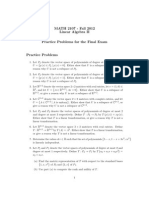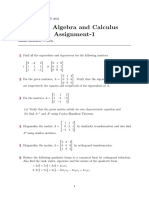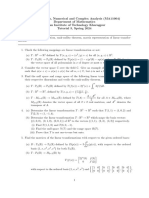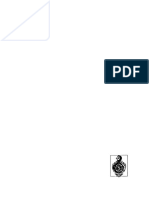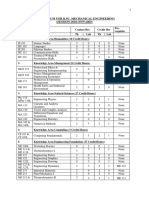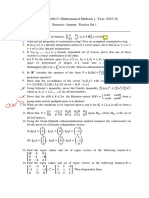0% found this document useful (0 votes)
33 views1 pageTutorial Sheet 6
This tutorial sheet for MA 102 covers various topics in linear algebra, including linear transformations, matrix representations, and properties of vector spaces. It contains exercises on finding matrix representations of transformations, proving the existence of certain transformations, and exploring the properties of linear maps. Additionally, it addresses concepts such as injectivity, dimensionality, and the structure of linear transformations.
Uploaded by
raghavshah267Copyright
© © All Rights Reserved
We take content rights seriously. If you suspect this is your content, claim it here.
Available Formats
Download as PDF, TXT or read online on Scribd
0% found this document useful (0 votes)
33 views1 pageTutorial Sheet 6
This tutorial sheet for MA 102 covers various topics in linear algebra, including linear transformations, matrix representations, and properties of vector spaces. It contains exercises on finding matrix representations of transformations, proving the existence of certain transformations, and exploring the properties of linear maps. Additionally, it addresses concepts such as injectivity, dimensionality, and the structure of linear transformations.
Uploaded by
raghavshah267Copyright
© © All Rights Reserved
We take content rights seriously. If you suspect this is your content, claim it here.
Available Formats
Download as PDF, TXT or read online on Scribd
/ 1






